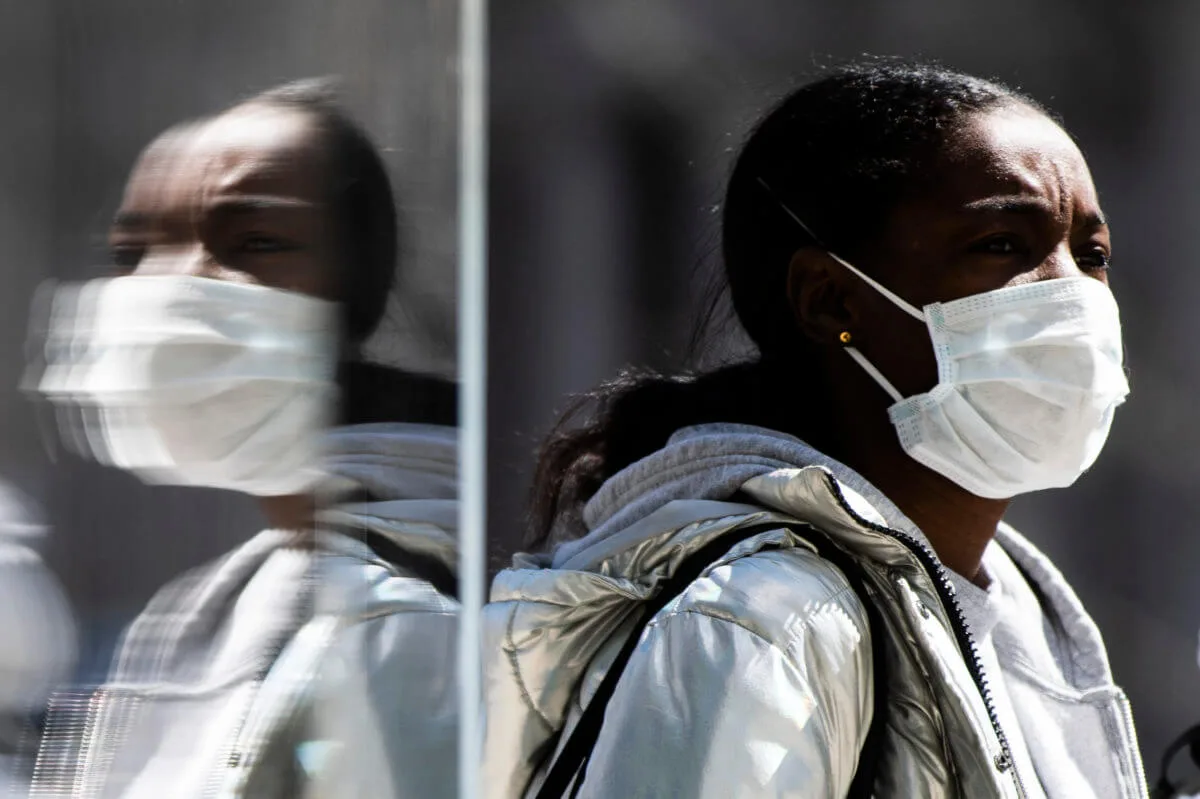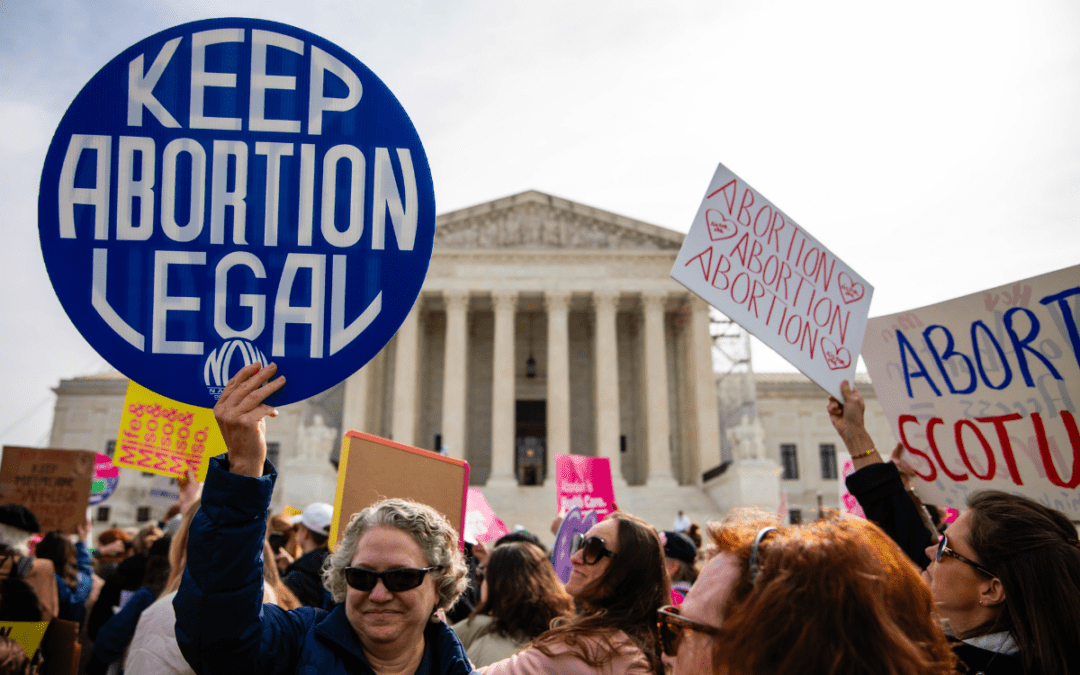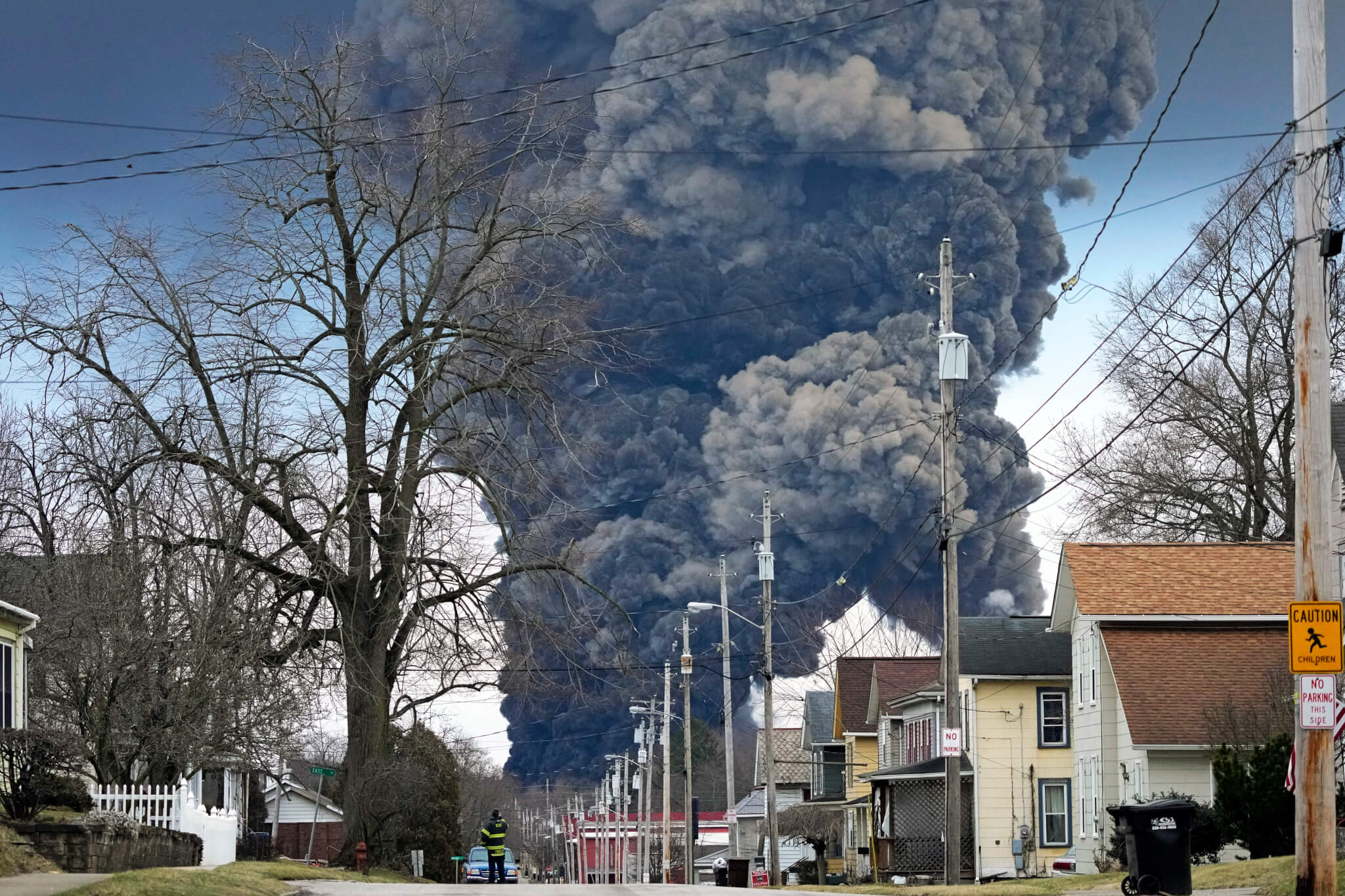
AP Photo/Matt Rourke
“Over the past two months, Pennsylvanians in every corner of our commonwealth have acted collectively to stop the spread of COVID-19,” Gov. Wolf said Friday.
HARRISBURG, Pa. (AP) — Gov. Tom Wolf announced Friday that 24 counties in rural northern Pennsylvania will see some relief from his strictest orders for residents to stay at home and businesses to close as part of a strategy to slow the spread of the coronavirus.
All of the counties that are moving from “red” to “yellow” in Wolf’s color-coded reopening plan are in the northwest and north-central regions of Pennsylvania, which have seen far fewer virus infections and deaths than most of the rest of the state.
The changes are to take effect next Friday, May 8, and impact about 1.5 million of Pennsylvania’s 12.8 million residents. Stay-at-home orders will be lifted and retail shops can start to reopen, though gyms, barber shops, nail salons, casinos, theaters and other such venues will remain closed and other restrictions will remain in place.
The counties where pandemic restrictions will be eased are: Bradford, Cameron, Centre, Clarion, Clearfield, Clinton, Crawford, Elk, Erie, Forest, Jefferson, Lawrence, Lycoming, McKean, Mercer, Montour, Northumberland, Potter, Snyder, Sullivan, Tioga, Union, Venango and Warren.
The only county in that group to be left off the list was Columbia, which is still struggling with a relatively high number of infections.
“Over the past two months, Pennsylvanians in every corner of our commonwealth have acted collectively to stop the spread of COVID-19,” Wolf said in a written statement. “We have seen our new case numbers stabilize statewide and while we still have areas where outbreaks are occurring, we also have many areas that have few or no new cases.”
Wolf’s administration also released details Friday about its strategy for mass testing, although his health secretary has said it would be “aspirational” because many testing materials remain in short supply. The goal is that 90% of the state’s population live within 45 miles of a testing site, and 2% of the population are tested each month. Wolf also released a contact tracing plan to contain fresh outbreaks.
Wolf has said that shutdown measures he ordered starting in March have succeeded in preventing hospitals from becoming overwhelmed with patients with COVID-19, the disease caused by the virus.
An analysis by The Associated Press shows that only 27 of the state’s 67 counties reported too many new virus cases over the past two weeks to qualify for a gradual easing of restrictions under Wolf’s shutdown plan. But Wolf has grouped the state’s counties into six geographic regions, and health officials are also looking at regional case counts as they decide which counties merit consideration.
RELATED: I Tested Positive for COVID-19. Here’s Why You Can’t Rely on Reported Case Numbers
The reopening list issued by Wolf on Friday left off every county in the lightly impacted southwest, including Pittsburgh. Ten of the 11 southwestern counties have reported only a modest number of new infections since mid-April. The outlier, Beaver County, is dealing with a large outbreak at a nursing home that has spiked its overall infection rate.
Health officials also say the incidence of new cases isn’t the only metric they’re looking at.
Expanded virus testing, sufficient hospital capacity and the ability to quickly identify and contain flareups through what’s known as contact tracing must also be in place. The state Department of Health is also using a new modeling tool by Carnegie Mellon University to help officials decide when a region is ready to reopen.
The coronavirus has infected more than 45,000 Pennsylvania residents and killed nearly 2,300, according to the latest Health Department statistics, while the state’s efforts to contain the virus have caused economic devastation, throwing nearly 1.7 million Pennsylvania residents out of work since mid-March.
The step-by-step relaxation of state shutdown orders means some counties or regions move from a “red” designation to a “yellow” designation.
Under the yellow designation, gatherings of up to 25 people will be allowed. Currently, the statewide red designation bans all gatherings or outside trips that are not related to health, safety or going to work at an essential job.
Restaurants and bars will still be limited to carry-out or delivery. Child care is open, although businesses must follow federal and state guidance for safety, social distancing and cleaning.
Schools statewide remain closed for the rest of the academic year, and visitation restrictions on prisons and nursing homes remain in place. Wolf’s administration will continue to recommend that people wear masks in public, and mandate that businesses and commercial buildings that serve the public deny entry to customers not wearing masks.
There is no word on when an area could move to a “green” designation, with all pandemic restrictions lifted aside from any federal or state health guidelines that remain in effect.
Meanwhile, Wolf has begun loosening some restrictions on business sectors. On Friday, golf courses, marinas, guided fishing trips and privately owned campgrounds statewide can reopen, and construction can restart.
Politics

How Project 2025 aims to ban abortion in Pennsylvania
Former president Donald Trump said abortion was a state’s rights issue recently, but conservative organizations, under the banner “Project 2025,”...

736,000 PA households could lose crucial help on their internet bills
Time is running out for the Affordable Connectivity Program, which provides low-cost high speed internet access for over 736,000 Pennsylvania...

What to know about Trump’s legal issues
Over the past year, former president Donald Trump has become the center of not one, not two, not three, but four criminal investigations, at both...
Local News

Conjoined twins from Berks County die at age 62
Conjoined twins Lori and George Schappell, who pursued separate careers, interests and relationships during lives that defied medical expectations,...

Railroad agrees to $600 million settlement for fiery Ohio derailment, residents fear it’s not enough
Norfolk Southern has agreed to pay $600 million in a class-action lawsuit settlement for a fiery train derailment in February 2023 in eastern Ohio,...





